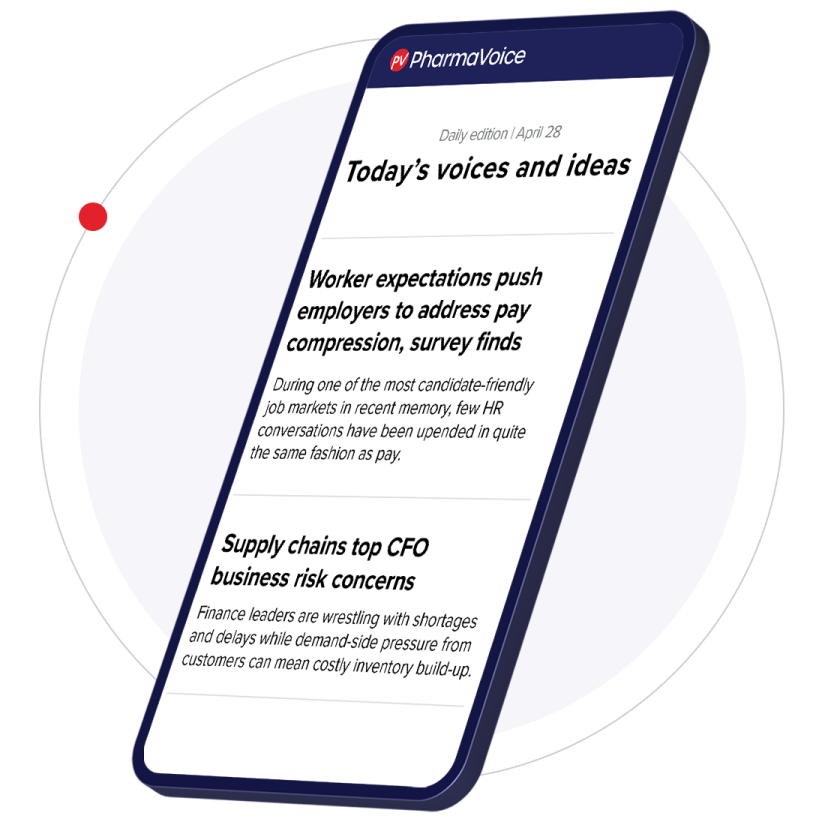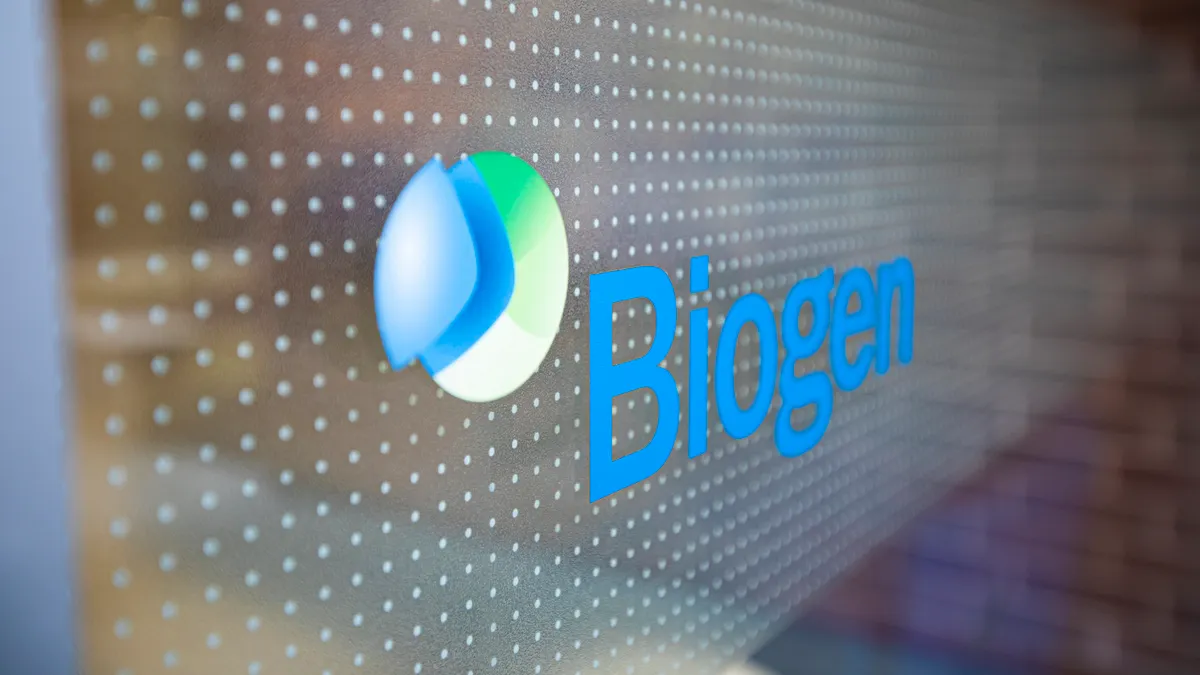The split between longtime life sciences software partners Veeva and Salesforce is getting down to crunch time, and pharmas and biotechs need to confront what that change will entail in an evolving healthcare market.
Soon, clients who depend on the customer relationship management platforms that connect sales reps with buyers will need to choose which path to take as the divorce finalizes. And the decision could be more impactful than it seems on the surface, according to Nancy Phelan, head of customer engagement at industry consulting firm Trinity Life Sciences.
“Sometimes this is being seen as just an IT migration — but no, if you’re just migrating, you’re missing the strategic importance of this,” Phelan said. “A lot of leaders are starting to realize this is a much bigger decision, and they need to think through the choices, the timing and the approach to set up for a very different world.”
The contract between the two companies expires this September, and drugmakers will have until September 2030 to make the call. Veeva announced the intended split in December 2022.
Veeva’s departure from the Salesforce platform stems from mounting risks and roadblocks that made going solo a better option for the company’s tailored life sciences position, according to a report from Everest Group. And while the separation will diminish Salesforce’s market presence, the firm’s larger size could allow for quicker development of next-generation technologies.
With Salesforce being the largest CRM provider in the world across sectors and Veeva still a particular favorite of the life sciences, this upcoming fork in the road demands some attention from the industry to understand the implications of each choice, Phelan said.
Honeymoon is over?
The two companies have been intertwined since Veeva launched in 2007 based on the Salesforce CRM platform. Neither one has worked in the life sciences sector without the other, but each has been developing new products that will carry on past the split.
Almost two decades later, that’s where the paths diverge, Phelan said.
“Large companies like Pfizer or Novartis last made this decision more than 15 years ago, and the business model was very different then,” she said. “You didn’t have the specialty pharmacy complexity, the need for some of the field reimbursement, issues with patient affordability and the kinds of teams you have out in the field right now.”
“A lot of leaders are starting to realize this is a much bigger decision, and they need to think through the choices, the timing and the approach to set up for a very different world.”

Nancy Phelan
Senior vice president, head of customer engagement, Trinity Life Sciences
With both companies rolling out new CRM platforms, it’s time for drugmakers to reflect on the changes to the industry in that time, Phelan said.
“It’s time for companies to think differently about what’s happening in the market and what’s happening with their customers,” she said, adding that CRM software companies like Oracle, SAP and others exist in the space, as well. But Salesforce and Veeva are the dominant players serving the biggest companies, Phelan said.
When the partnership began, digital marketing activity was still getting off the ground — but now, AI and big data analytics play a role that didn’t exist at the time. And that makes the decision between providers a much different choice than it was back then, according to Phelan.
Two roads
The main difference between Salesforce and Veeva moving forward will be what drugmakers are looking to get out of the platforms, Phelan said, noting that Trinity doesn’t encourage one over the other unilaterally.
Fundamentally, Salesforce is betting on bigger, connected AI while Veeva is playing to its strengths of rep interface and content. Each one will still have flavors of the other, though, and it will come down to individual companies’ needs and preferences, Phelan said.
Salesforce will be working with IQVIA’s orchestrated customer engagement platform to develop the Life Sciences Cloud, which will employ AI to give biotech and pharma leaders “greater cohesion,” Phelan said. The platform has launched as of last year, but sales automation functions won’t be offered until September this year due to the existing contract with Veeva.
Veeva announced in December last year the newest iteration of its Vault CRM Suite, which will include AI components and industry-specific programming. For life sciences companies, this is the user experience they’re most accustomed to, and Phelan said Veeva has promised not much will change with that interface.
In some ways, the divorce has gotten a little messy with the two companies scrambling to convince clients to pick their platform. At the end of December, Salesforce had reportedly poached some big customers from Veeva, which held about 80% market share in the life sciences.
Both companies are adapting to drastic changes in the healthcare landscape including an abundance of data, more complex therapies and evolving customer needs.
From what Phelan has seen so far, drugmakers aren’t pooling to one side or the other based on characteristics like size, pipeline or core focus area. Each of the diverging roads isn’t designed for one particular pharma or biotech in mind, but they could shape the experience in multi-dimensional ways, she said.
Meanwhile, both Veeva and Salesforce are putting their best foot forward ahead of the split, and pharma companies still have time to come to terms with their preferred path.
“How we’re advising companies is, you’ve got a window of time and a future that is radically different from the last time you made this decision,” Phelan said. “You need to strategically assess the pieces that are important to you.”





















